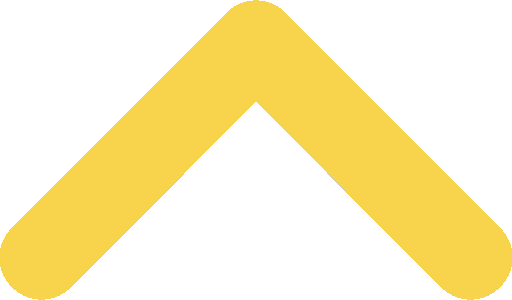-
Peda-Arabic Grade 3
The third-grade Arabic language textbook has been developed according to the new curricula of the Educational Research and Development Center. The book includes the following topics:
Nature’s generosity, In the mountains of Lebanon, Animal world, Story and lesson, Professionals in life, Work: ethics and values. In each topic, students use several skills, including oral expression, observation and inference (pre-reading), actual reading, comprehension and analysis (post-reading), understanding vocabulary and phrases (enriching the linguistic lexicon), linguistic skills (grammar, spelling, handwriting, structures), written expression, listening, and cognitive enrichment
-
Peda-English Grade 3
English grade 1 textbook is developed in accordance with the new curricula of the CRDP. This book covers the following topics:
Health and Hygiene, The Arts, World of Mysteries and Adventures, The Environment, Holidays, and Feasts. In each topic, students go through the following skills: Comprehension, Speaking, Listening, Pre-Reading, Vocabulary, Reading, Post-Reading, Grammar, and Writing.
The book also includes a range of interactive elements, such as exercises, games, and educational videos, to help students engage with the content in a fun and enjoyable way.
With its comprehensive coverage of key language skills and engaging presentation of content, the English grade 3 textbook is an invaluable tool for any young learner looking to improve their English language proficiency
-
Peda-Francais EB3
The EB3 French textbook is developed in accordance with the new CRDP curriculum. This new digital French textbook is part of an interdisciplinary pedagogy, based on breaking down the barriers between oral, written, and linguistic activities.
Language skills and tools are linked together to establish coherence and rigor in the interaction between teaching and learning.
The book develops motivating themes from the learners’ experiences, types, and skills that are included in the Lebanese official program, organized in a new typological, linguistic, and thematic arrangement aimed at producing unity in the concepts covered
-
Peda-Math Grade 3
The Math Grade 3 textbook is developed in accordance with the new curricula of the CRDP. This book covers the following topics:
Numbers up to 99,999, multiplication and division, division techniques, sharing and distributing, doubles and triples, fractions (halves, thirds, and others), rounding numbers, time and duration, calendars, units of length (millimeters and kilometers), measuring masses, finding information in a table, identifying needed information, asking questions, solving without calculating, following visual instructions, writing the givens of a problem, right angles, perpendicular lines, midpoints of segments, perimeters, solids, squares, rectangles, and symmetry.
In each topic, students go through the following steps to master the learning objectives: “Let’s Learn Together” introduces the main objective, “Let’s Practice” introduces direct application for the objective, and “I Work by Myself” is the self-evaluation part for the students
-
Peda-Science Grade 3
The Grade 3 Science textbook is developed in accordance with the new CRDP curriculum. This book covers the following topics:
Plants, Animals and Their Environment, Environmental Pollution, Man and Health, Matter and Energy, and finally Earth and Universe.
Each unit is divided into chapters, and each chapter is divided into activities. The activities include: an example from real-life situations, “Let’s Discover” which contains documents that match the objectives of the activity, “Let’s Write” and “Let’s Learn” which includes a summary, “Let’s Practice” which features exercises about the main objectives, and “Let’s Enjoy Science” which involves making crafts, conducting experiments, or researching
-
Peda-Sciences EB3
Le manuel de sciences de 3e année est conçu conformément au nouveau programme du CRDP. Ce livre explore divers sujets tels que :
Habitats végétaux et animaux, santé humaine, matière et énergie, ainsi que Terre et Univers. Chaque unité se compose de chapitres, eux-mêmes divisés en activités.
Ces activités comprennent des exemples concrets, une section « Découvrons » présentant des documents alignés avec les objectifs de l’activité, une section « Écrivons » et « Apprenons » qui fournit une synthèse, une section « Pratiquons » contenant des exercices liés aux principaux objectifs et une section « Profitons de la science » qui encourage l’apprentissage pratique par le biais de l’artisanat, des expériences ou de la recherche.







